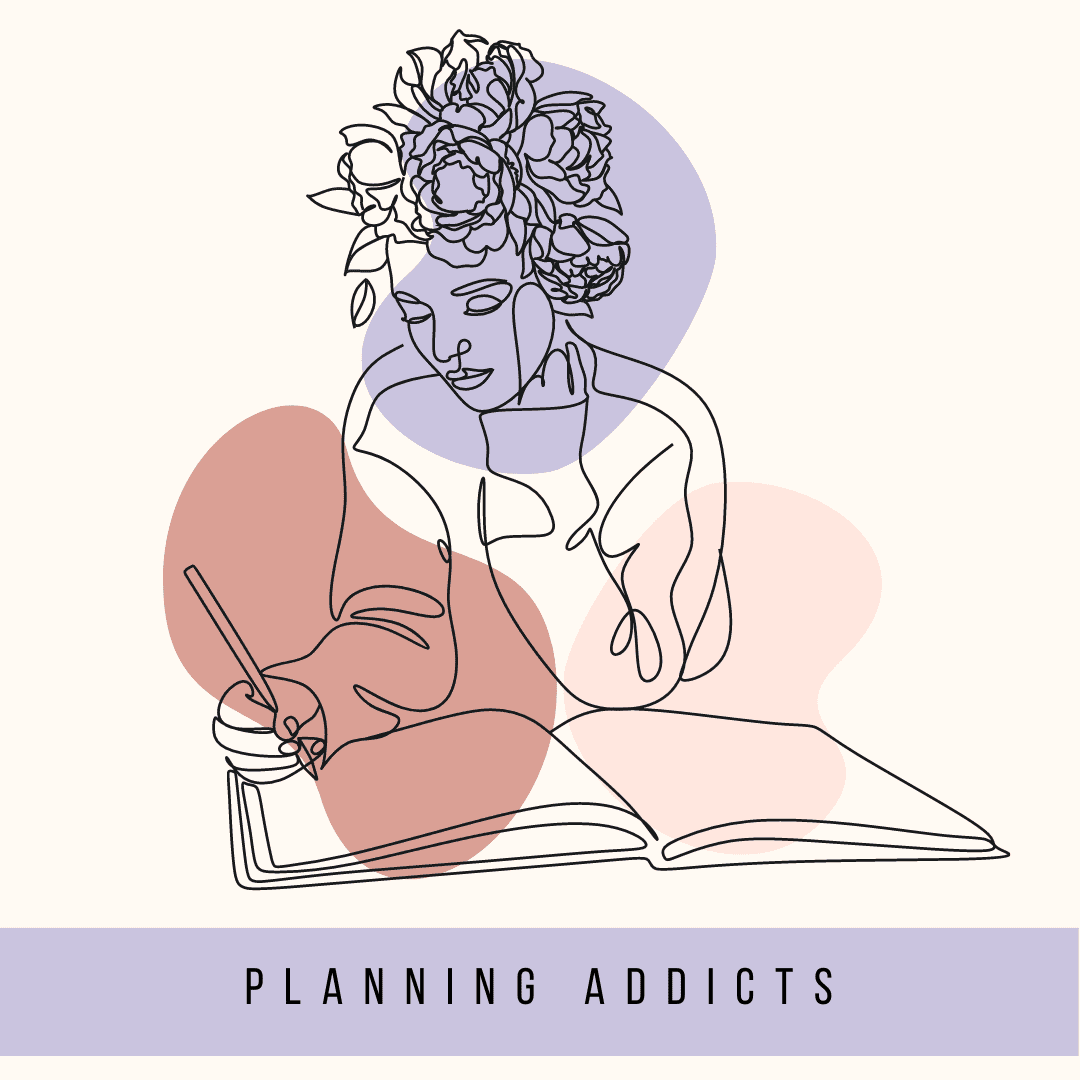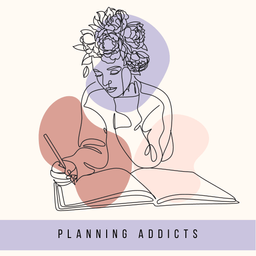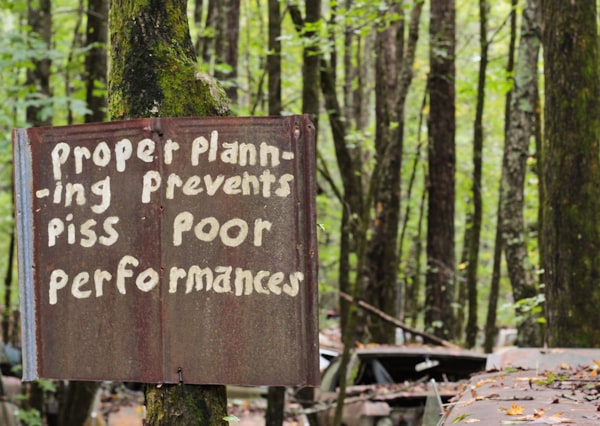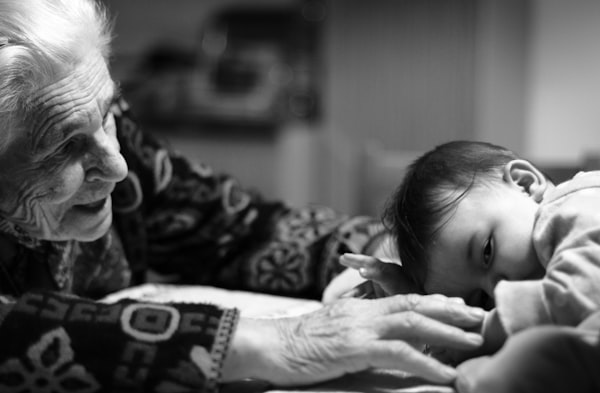How to Create a Disaster Preparedness Plan

Creating a comprehensive disaster preparedness plan is a crucial step in ensuring your family's safety during unforeseen natural disasters. This process can seem daunting, but by breaking it down into manageable steps, it becomes much more approachable.
Planners play a pivotal role in this process, helping to organize, track, and maintain your plan.
This information is designed to help you create the best printable checklists for disaster preparedness for your community and customers by using private label rights (PLR) content like emergency and disaster preparedness planners.
Step 1: Assess Your Risks
Identifying Potential Disasters:
- Begin by identifying the types of natural disasters most likely to occur in your area, such as hurricanes, earthquakes, floods, or wildfires.
- Use your planner to note down these risks, as this will guide your preparation process.
Step 2: Develop a Communication Plan
Establishing Communication Channels:
- Decide how your family will communicate during a disaster. Consider scenarios where traditional methods, like cell phones, might not be available.
- Document this plan in your planner, including alternative communication methods and meeting points in case of separation.
Step 3: Build Your Emergency Kits
Listing Essential Supplies:
- Create a checklist of emergency supplies needed for your family, including water, food, medications, and important documents.
- Use your planner to keep track of these supplies, checking and updating the list as needed.
Step 4: Plan Evacuation Routes and Safe Spaces
Mapping Out Routes and Locations:
- Determine the best evacuation routes and safe spaces both inside and outside your home.
- Record these routes in your planner, along with any important details like shelter locations and emergency contacts.
Step 5: Customize Your Plan for Family Needs
Addressing Individual Requirements:
- Consider the specific needs of each family member, including pets. This might involve planning for medical needs, dietary restrictions, or mobility issues.
- Use your planner to detail these individual needs and how you plan to address them in an emergency.
Step 6: Incorporate Important Documents and Information
Organizing Critical Documents:
- Gather and make copies of important documents, such as birth certificates, insurance policies, and medical records.
- Use your planner to maintain a list of these documents and where they can be found quickly.
Step 7: Educate and Practice
Conducting Drills and Educational Sessions:
- Regularly practice your plan with family members and educate them about different aspects of disaster preparedness.
- Schedule these drills and sessions in your planner and document feedback or areas for improvement.
Step 8: Review and Update Regularly
Maintaining Plan Relevance:
- Regularly review and update your preparedness plan to ensure it stays current with any changes in your family situation or local risk factors.
- Use your planner to track these reviews and updates, noting when the next review is due.
Throughout each step of creating your disaster preparedness plan, your planner serves as a central hub for information, organization, and reminders.
It helps ensure that no detail is overlooked and that your plan evolves alongside your family’s needs and circumstances.
By following these steps and utilizing your planner effectively, you can create a comprehensive and dynamic disaster preparedness plan that offers peace of mind and, most importantly, enhances the safety and preparedness of your family.
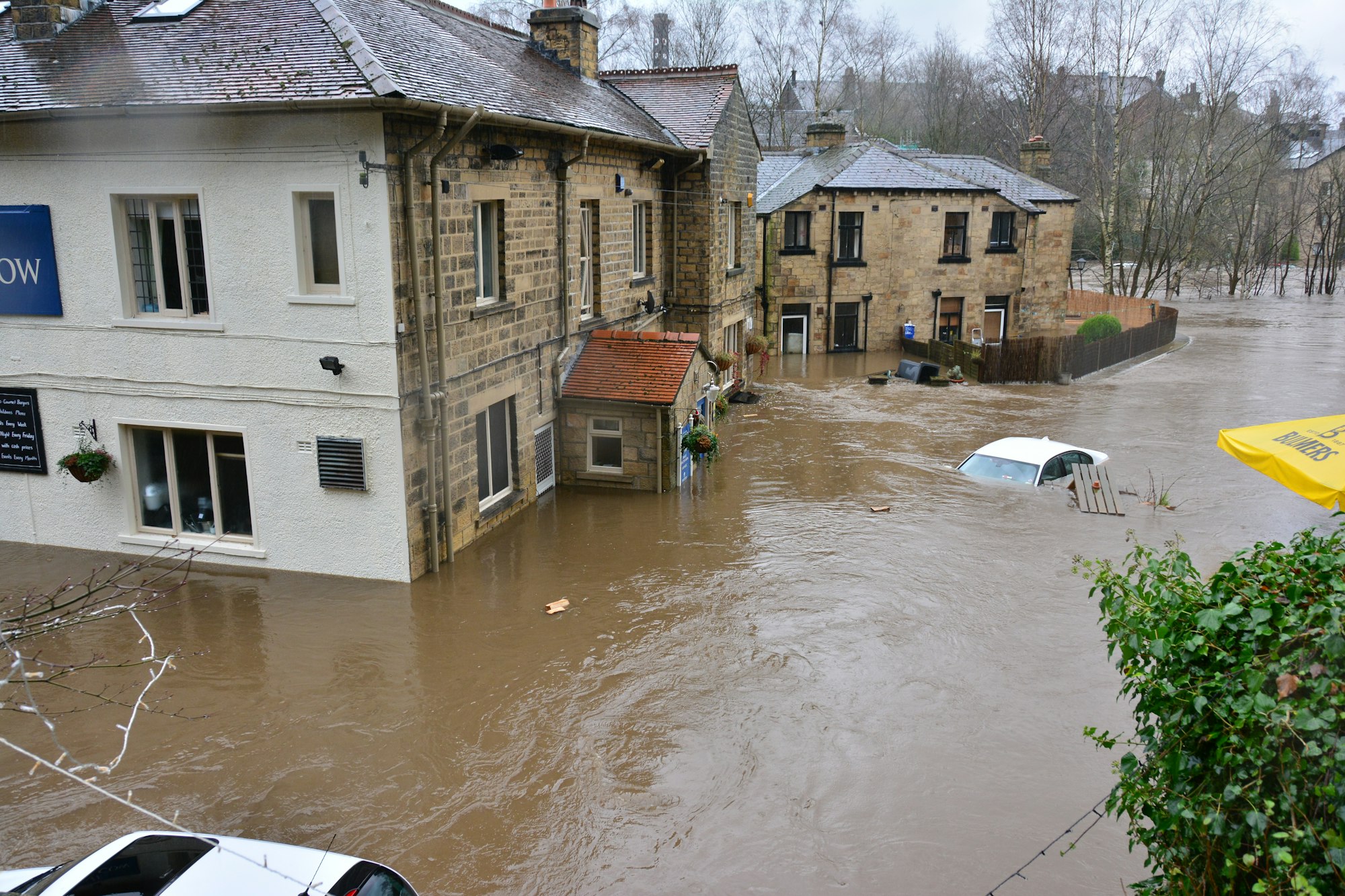
Natural Disaster Response Planning Essentials
When a natural disaster strikes, having an effective response plan can make a significant difference in ensuring safety and minimizing chaos.
An essential part of this plan is having immediate access to crucial information and knowing the actions to take in the heat of the moment.
Key Elements of an Effective Disaster Response Plan
Immediate Action Steps:
- Clearly outline the first steps to take as soon as a disaster is imminent or occurs. This may include seeking shelter, turning off utilities, or grabbing your emergency kit.
- Use your planner to list these steps in an easily accessible section, ensuring they can be quickly referenced.

Safety and Medical Protocols:
- Include detailed instructions on basic safety procedures and first aid. This is crucial in situations where professional medical help may not be immediately available.
- Dedicate a section in your planner for these protocols, possibly supplemented with diagrams or quick reference guides.
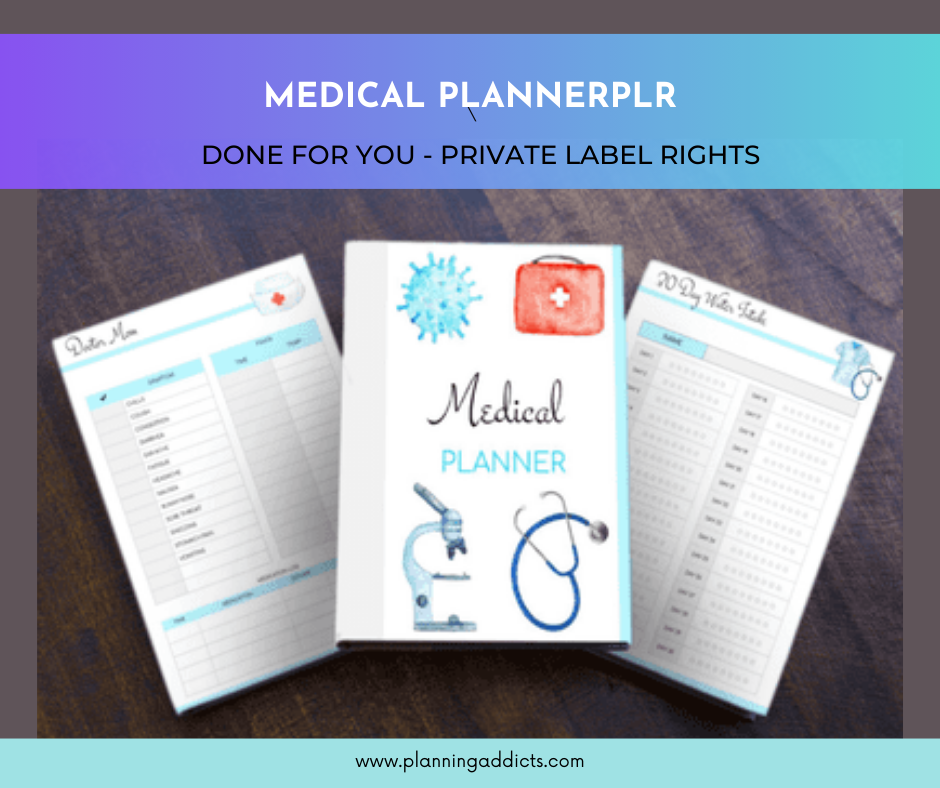
Communication Procedures:
- Establish a clear plan for how and when to communicate with family members and emergency services.
- Use your planner to record important phone numbers, radio frequencies, and alternative communication methods.
Evacuation and Meeting Plans:
- Detail the evacuation routes and predetermined meeting points for your family in case of separation.
- Clearly map these out in your planner, with backup options in case the primary routes are inaccessible.
Rescue and Assistance Requests:
- Outline the process for seeking rescue or assistance, including signals or messages to use.
- Keep this information in your planner, along with any necessary tools or materials you might need.

Recognizing the need for swift access to critical information during a disaster is key when you design your planner for your community. Keep these things in mind.
- Easy-to-Navigate Layout: These planners have a clear, intuitive layout, allowing you to quickly find the information you need without having to flip through multiple pages.
- Durable and Resilient Design: Made with durability in mind, they can withstand rough conditions and are water-resistant, ensuring your plans remain intact and readable even in harsh environments.
- Quick Reference Sections: Key sections such as emergency contacts, medical information, and immediate action steps are highlighted for quick reference.
- Compact and Portable: These planners are designed to be easily portable, fitting comfortably in your emergency kit or backpack.
Here are pre-made planners with private label rights to begin building your perfect Disaster Preparedness Plan
The 30 Day Emergency Prepper Challenge Workbook PLR Template comes with 34 Pages. It is 100% Unique and made by Michelle of PLR Niche. The template is in two sizes, 8.5 x 11 & 8 x 10, Editable PowerPoint Files, PDF File, Font Files, Commercial Use Rights.
A workbook filled with planning, tracking and action sheets to help you prepare for emergencies, from natural disasters to financial pinches.
This life saver comes with 92 pages, plus a matching calendar and 2 page monthly planner – so you'll never be caught off guard again! Don't be caught in a pickle, pick up this emergency binder today!
The Survival Planner PLR is a meticulously crafted toolkit that provides you with the tools and knowledge needed to create a robust survival plan. Whether you're preparing for natural disasters, emergencies, or other unforeseen events, this PLR product covers a wide range of survival planning aspects, including food and water storage, shelter, medical supplies, and communication strategies.
Integrating the Planner into Your Emergency Kit:
- Accessibility: Keep the planner in an easily accessible part of your emergency kit, so it’s one of the first items you can grab.
- Regular Updates: Ensure the planner is regularly updated and reviewed, so the information remains current and relevant.
Customization Options:
- Personalization: Customize your planner with specific information relevant to your family and local area, ensuring that the response plan is tailored to your unique needs.
Training Family Members:
- Familiarity: Regularly review the planner with your family, ensuring everyone is familiar with its layout and the information it contains.
- Practice: Use the planner during drills and practice scenarios to simulate actual emergency situations.
Such preparation not only provides practical steps to follow but also instills a sense of confidence and calmness in stressful situations, ultimately contributing to the safety and well-being of your loved ones.

Tips for Planning Natural Disaster Kits
A well-prepared natural disaster kit can be a lifesaver in emergency situations. It's essential to have a kit that's ready and equipped with all the necessary items to help you and your family survive until help arrives or until you can reach a safer location.
Basic Supplies:
- Water: At least one gallon per person per day for at least three days.
- Food: A three-day supply of non-perishable food items.
- Battery-Powered or Hand-Crank Radio: To stay updated with emergency information.
- Flashlight and Extra Batteries: For visibility during power outages.
- First Aid Kit: Including essential medications, bandages, and antiseptics.
Additional Essentials:
- Personal Hygiene Items: Such as toothbrushes, toothpaste, soap, and moist towelettes.
- Multi-Tool: For various uses in different situations.
- Emergency Blankets: Compact and designed to retain body heat.
- Local Maps: In case you need to find alternate routes or locations.
Specialized Items:
- For Infants: Baby formula, diapers, and other baby supplies.
- For Pets: Pet food, water, and other pet supplies.
- Important Documents: Copies of insurance policies, identification, and bank account records in a waterproof container.
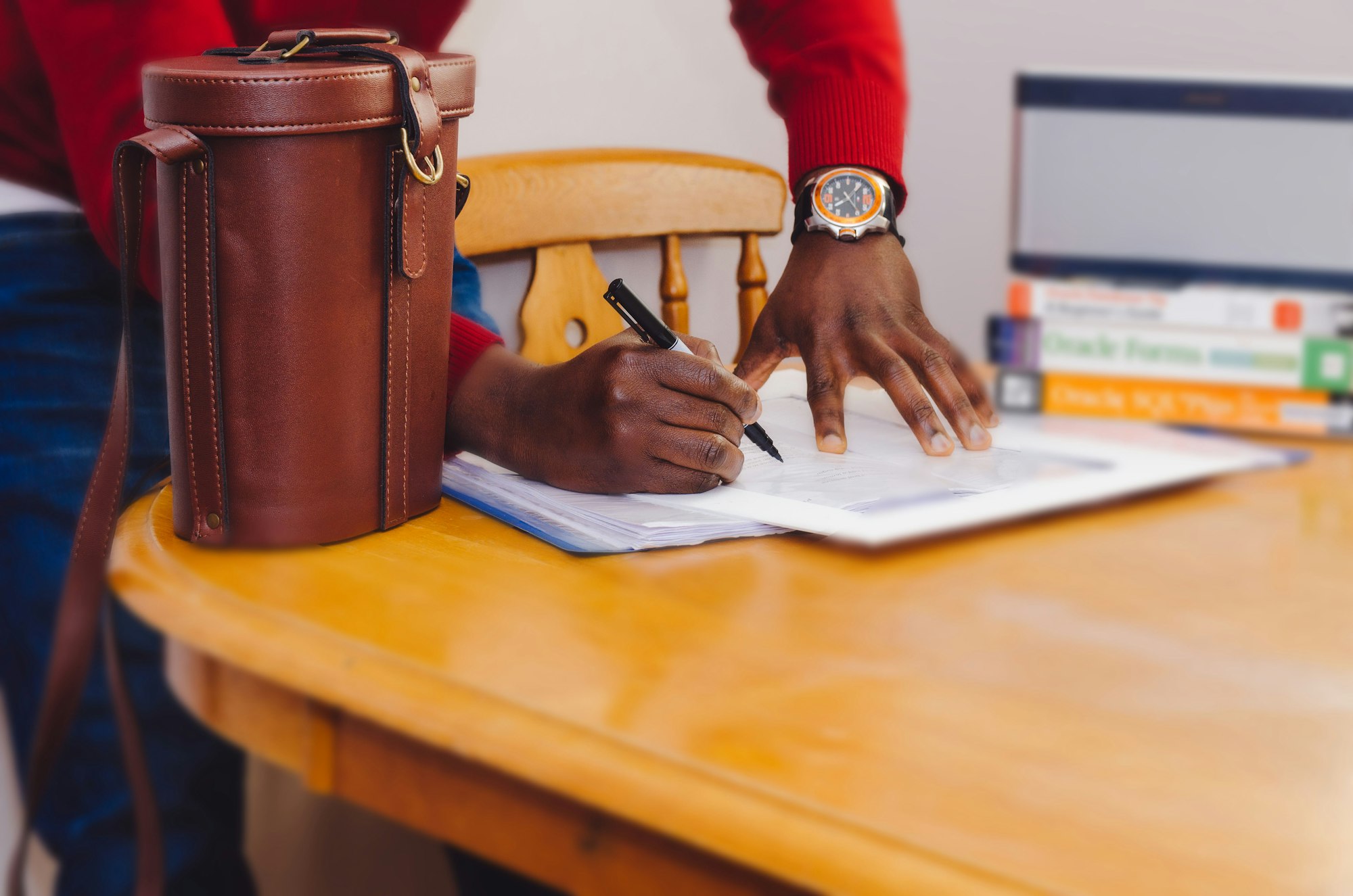
How Planners Can Help Organize and Maintain Disaster Kits
A planner can be an invaluable tool in ensuring your disaster kit is well-organized and up-to-date.
Inventory Lists:
- Use your planner to keep an inventory of all the items in your disaster kit. This list makes it easy to check at a glance if anything needs to be replenished or replaced.
Expiration Date Tracking:
- Keep track of expiration dates for perishable items like food and batteries in your planner. Set reminders for when it's time to replace them.
Customization for Family Needs:
- Tailor the contents of your disaster kit to fit your family's specific needs. Use your planner to note any special items you need to include for family members with specific medical conditions or dietary requirements.
Location of Kits:
- Document the location of your disaster kits in your planner, especially if you have multiple kits in different locations like your home, car, and workplace.
Regular Review and Updates:
- Schedule regular times to review and update your disaster kit. Use your planner to set these review dates and make it a part of your routine.
Practical Tips for Maintenance:
- When you use any item from your disaster kit, note it in your planner and plan to replace it as soon as possible.
- If you've had to use your kit in an actual disaster, use your planner to make a note of what was most useful and what might have been missing.
Remember, the key to effective disaster preparedness is not just having the necessary items but keeping them well-organized and up-to-date, and a planner is an ideal tool to help you achieve this.
